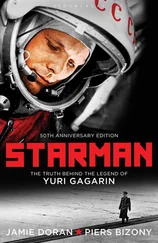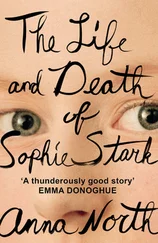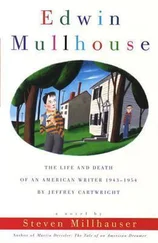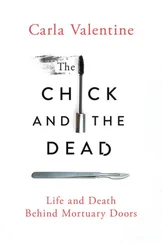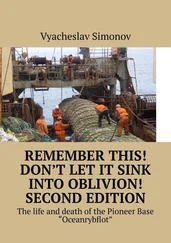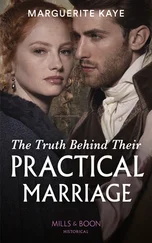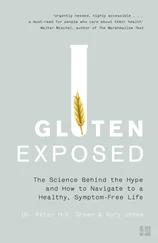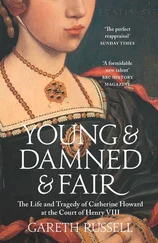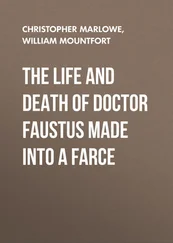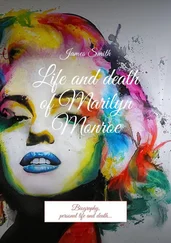Roddy mentioned another source who blamed the same body: the Mercedes-Benz agent in Nairobi in the thirties had told him that the Chief of Police was ordered to have Erroll shot, on account of his Nazi sympathies.
After publication of his second article Roddy had received another anonymous phone call, informing him that Broughton did not kill Erroll, but this tale had a new twist: the real killer had left the country. 6
Roddy looked out a file of information for me on the Erroll case – material that had come in to him over the years. One of the letters in his file had come from Mervyn Morgan – the coroner who held the inquest into Erroll’s death in 1941. Morgan had underlined certain words for emphasis and methodically numbered each point he wanted to make:
(1) Firstly, I myself had the last word. That is because I held the inquest on Broughton [ sic ]. The inquest of necessity had to be adjourned when Broughton was prosecuted. It was resumed after his acquittal and the only possible verdict I could bring in was murder by a person or persons unknown.
(2) The late much married Diana, Lady Delamere, was a wonderful and kind person and let no one dare to suggest otherwise. She loved all animals as her fellow human beings and she had nothing to do with Erroll’s murder. I can make that last observation with confidence since I was one of the first to see the … Buick in the ditch on my early way to work from Karen (my house was next door to the Broughton house). I am fairly confident that I know exactly how it was done, by whom, and at whose instigation, but as no one has been sufficiently interested to ask me I have never given any explanation (which I did not know at the time of holding the Inquest) to anybody and never will.
(3) Broughton after being rightly acquitted by a jury left a note for the Coroner in Liverpool at the inquest of his death. * NB The Liverpool Coroner declined to make public Broughton’s letter and wouldn’t disclose the contents to anyone – he was rightly or wrongly much criticised for his acts and omissions but a Coroner does have almost omnipotent powers.
That fact seems quite unknown to you. If you had contacted me I could have told you at least most of what I know but you didn’t think of it and may not even have known the part my humble self played – a very minor part it is true even though I did have the last word! 7
Intriguing though this letter was, by the time I read it Morgan was no longer alive. Another letter in Roddy’s file proved more fruitful. Marked ‘Confidential and not for publication’, it was from an English settler called Kate Challis:
When White Mischief was being filmed in Kenya, a neighbour who worked for MI5 [ sic ] during and before the war told me that, as it was now over forty years ago, she felt able to say that Errol [ sic ] was a severe security risk and he was shot, because unlike the Oswald Mosley Nazis who could be interned, Errol’s case was much more complex. 8
Further research revealed that the ‘MI5’ agent/neighbour of Kate Challis’s was a woman called Joan Hodgson. 9 Three separate sources, two of whom worked or had formerly worked in Intelligence, confirmed that she was a bona fide Secret Service agent: ‘She was nondescript as are so many MI5 and MI6 personnel,’ one of the sources said. 10 Another went so far as to hazard that Joan Hodgson was probably working for Section 5 – counter-espionage. 11 So, with Joan Hodgson’s testimony, I had it on excellent authority that Lord Erroll had been eradicated by the British Government – but not because he was a Nazi …
I determined to scrutinise Erroll’s life as a whole, to analyse what motives there might have been to get rid of him. Two cuttings from an acquaintance, who’d sent them to me purely because they were connected with Kenya, were to prove surprisingly useful. One, ‘Tarporley Man Puts the Finger on Alice’, led me to Captain Gordon Fergusson, secretary of the Tarporley Hunt Club in Cheshire, whose enthusiasm for collecting data on the subject of Erroll’s murder was indefatigable. 12 The second cutting was from the author J. N. P. Watson, a cousin of Dickie Pembroke, a friend of Erroll’s who had been infatuated with Diana. Pembroke had fired the young Watson’s imagination about the Erroll murder and, as a result, Watson had tracked down and befriended a former superintendent in the Kenya Police, Colin Imray, by then living in the south of England, who shared his keen interest in the subject. Imray had discussed the case at length with Arthur Poppy, the officer in charge of the investigation into Lord Erroll’s murder.
Imray regarded the Erroll murder as the ‘crime of the century’. He had joined the force as a ‘rookie’ in 1932, gone to West Africa as a cadet, rising steadily through the force to be awarded the King’s Medal in 1953 for his conduct during the riots in Accra in 1948. 13 Imray’s obsession with the Erroll case had begun even before his posting to Nairobi, thanks to meeting Attorney-General Walter Harragin on the Gold Coast in 1948. They had often discussed the case and Harragin had revealed to Imray that he had from the outset been so convinced of Broughton’s innocence that he had considered a nolle prosequi – not proceeding with the case against him. 14
In the 1950s during his stint in Kenya, Imray conducted an experiment to time how long it would have taken Broughton to cover the ground he would have needed to had he shot Erroll. Imray started to follow the route he might have taken from his house in Marula Lane to the crossroads where the Buick was found, but had been forced to abort his experiment on account of lions on the prowl – one reason why he always held that Broughton would have felt too threatened to have contemplated that solo foray.
Imray’s talk of Arthur Poppy as an extremely able officer was thought-provoking, as the investigation of Erroll’s murder had been incredibly inept. Imray pointed out that each new article on the case blamed Poppy for the oversights. Imray had never understood how Poppy – such a thorough investigator – came to give the kind of evidence that was so easily overturned by Henry Morris KC, counsel for the defence. I had sight of Arthur Poppy’s papers, passed to me by his widow, in which there were notes on Lord Erroll’s background dating back to 1927. Poppy had been obsessed with the case, and had never recovered from the damage it inflicted on his career.
Imray mentioned another officer assigned to the murder investigation, Assistant Superintendent Desmond Swayne, who had spoken of ‘a perversion of justice’. Swayne had been convinced that ‘only a very limited inner cabal knew the truth’. 15 Imray could not bring himself to believe Swayne’s suggestion that ‘their guns had been spiked by a higher authority’. 16 Inspector Fentum, the detective in charge of Karen police station, and Imray eventually became colleagues. By the time they met, Fentum had, according to Imray, ‘crawled to his position of Assistant Superintendent’. Like Swayne he had believed that an ‘inner cabal’ had been involved.
At one point Imray broached a subject that appeared to make him nervous. He warned: ‘this information is very near the knuckle’ and should ‘remain in the shadowlands just in case there [is] any reprisal’. 17 Imray also told me about an ex-policeman who had known Diana for years, whom I might be able to persuade to meet me. But Imray cautioned me that he had encountered again and again a ‘certain disinclination’ in police colleagues in Nairobi to discuss this long-past event. At first Imray had put this reluctance down to the fact that the case had not brought credit to the force, but later, despite his own high position in the force, his own fear had prevented him from attempting to gain access to the police files or the court proceedings: ‘to do so would be inviting trouble. There would have been all sorts of complications.’ 18
Читать дальше

